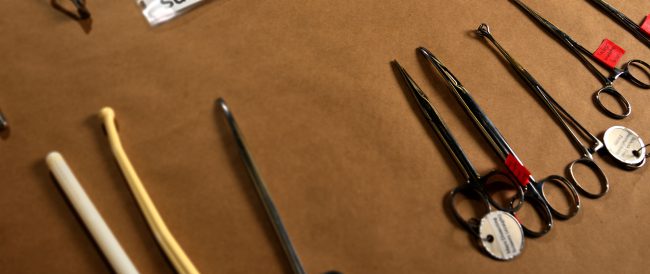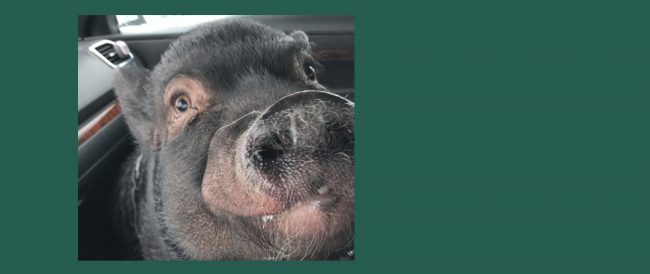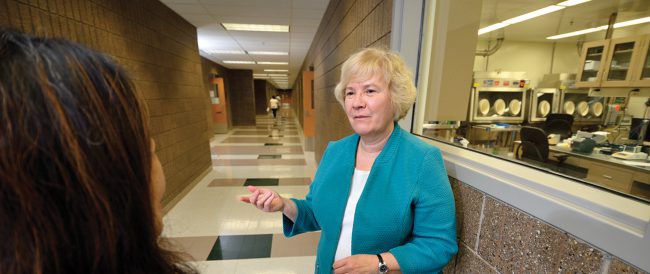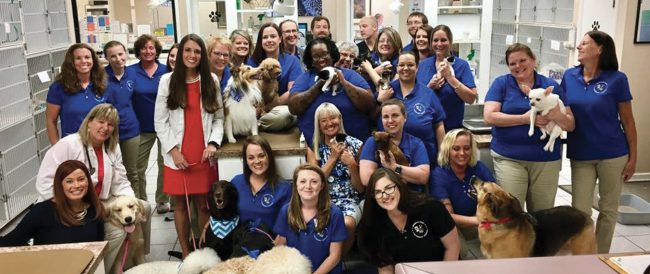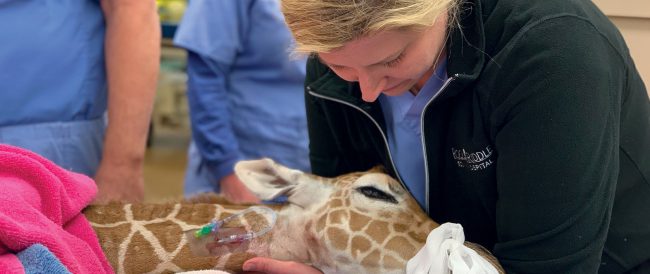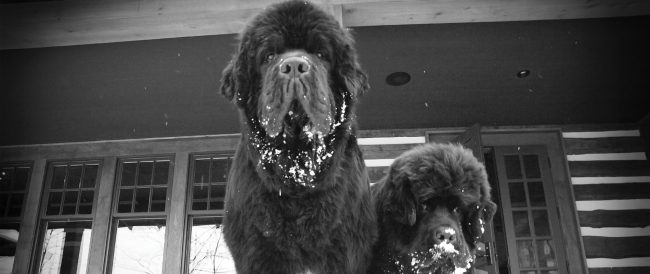 Read More
Read More
If fighting diseases took place on a battlefield, the Michigan State University Veterinary Diagnostic Laboratory (VDL) would be among those on the front lines. And that work requires preparation and collaboration. When it comes to foreign animal diseases (FADs), it’s like preparing for a potential invasion—defenses are put in place and everything is ready, just in case. Recently, much attention has been focused on one FAD in particular: African swine fever (ASF).
ASF is a viral disease that affects domestic and wild pigs. It is both highly contagious and deadly, with a fatality rate up to 100 percent. Throughout the past several months, ASF has garnered worldwide attention due to its spread throughout Asia (notably China and Vietnam) and parts of the European Union. There is no treatment or vaccine for ASF. The only way to stop its spread is to depopulate all the exposed herds. In the past year, more than 1 million pigs have been culled from herds in China. According to the Food and Agriculture Organization of the United Nations, approximately 4 million pigs were depopulated in Vietnam from February to August of 2019 alone.
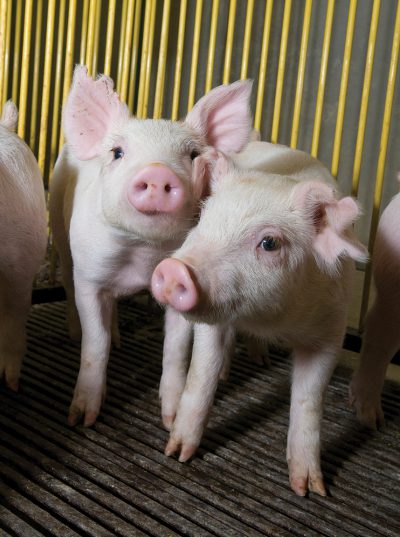
If ASF were found in the United States, its impact on livestock producers, their families and communities, and the US economy would be enormous. The Unites States Department of Agriculture (USDA) has been working with federal and state agencies, the swine industry, and producers to take action to prevent the introduction of ASF into the United States. Although ASF is not a food safety concern and is not transmissible to people, humans who have had contact with the virus can spread it. The virus is hardy; it can stay on clothing and equipment and survive for months in pork products. In addition to novel strategies, such as employing detector dog teams at key ports of entry to sniff out illegal products, the USDA also has been expanding the diagnostic testing capabilities and capacity of the National Animal Health Laboratory Network (NAHLN).
A cooperative effort between two USDA agencies and the American Association of Veterinary Laboratory Diagnosticians, the NAHLN is a nationally coordinated network of federal, state, and university-associated laboratories that provide animal health diagnostic testing to detect threats to the nation’s food animals. Laboratories must be approved to test for specific diseases and follow NAHLN standard operating procedures. In addition, laboratories must successfully complete proficiency testing administered though the National Veterinary Services Laboratory’s reference laboratories on a regular basis.
“One of my responsibilities is to train VDL personnel to perform NAHLN assays for exotic viral diseases in accordance with the SOPs deployed by the NAHLN program office. When a person has successfully passed the proficiency test, this is an indication that the testing performed by the certified individual is at the quality standards expected by the NAHLN,” explains Dr. Annabel Wise, academic specialist in the VDL’s Virology Laboratory.
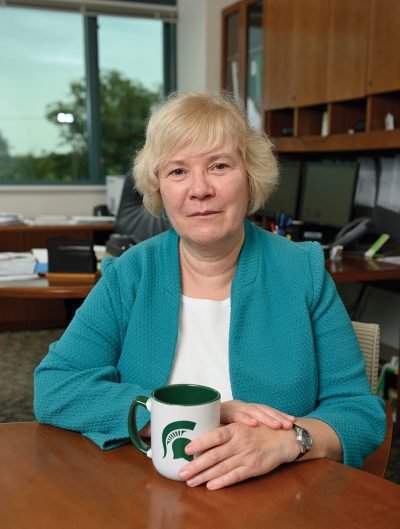
In addition to proficiency testing, the VDL has participated in emergency preparedness exercises with the USDA, Michigan Department of Agriculture and Rural Development, and other Michigan agencies, as well as producers and food industry stakeholders to build communication channels and draft a response plan for ASF. The VDL has planned for how the entire laboratory would respond in the event of an ASF investigation.
“Every area of the laboratory is involved in preparing for an outbreak—from our receiving group, which needs to be ready to rapidly and accurately accession cases, to our laboratory scientists, who must not only perform same-day testing for ASF, but continue to support the routine testing that comes through the Lab, which is more than 1 million tests each year. In addition, our IT team must be prepared to ensure we can rapidly message results and information to the USDA and other partners,” says Dr. Rachel Reams, VDL director.
The VDL stands ready to respond if necessary and will continue to engage with its allies in combined efforts to defend US agriculture from the threat of ASF and other foreign animal diseases.
Spartan Story: Diagnostics Directly Impact Animal Health
The VDL is led by Director Dr. Rachel Reams. Having earned her DVM and PhD at Purdue University, Reams is a newly minted Spartan. Early on, she imagined that she would work in a large animal practice. But her career took her on an unexpected path. “The practice I worked at all through high school and undergrad was focused on herd health, and early on, I saw the value of diagnostic testing and pathology,” she says. “This led me to take additional courses in diagnostic pathology in veterinary school and to take a position in a lab in Puerto Rico and ultimately go for advanced training in veterinary pathology.”
Her career path took her from the director of the Puerto Rico Veterinary Diagnostic Laboratory, to leading the Large Animal Pathology and Toxicology Laboratory at the University of Pennsylvania’s New Bolton Center, to serving as a head of pathology at Lilly Research Laboratories in Greenfield, Indiana. Before coming to MSU, Reams was the director of Translational Biomarker Solutions at Covance Research Laboratories, where she had previously been the director of Discovery Pathology and Imaging.
Reams has often been asked why she left the private industry to come to MSU.
“I wanted to have a direct impact on animal health; the Veterinary Diagnostic Laboratory provided an opportunity to do that on a local, national, and international scale,” she says. “My goal is to position the VDL as a resource for veterinarians, producers, and owners to meet the challenges they face from the complex and rapidly changing landscape of modern agriculture.”
Her varied experiences also yielded important transferrable skills that help her succeed as a leader. “My training and career as a veterinary pathologist have shown me the value of working together as a team to solve problems. As part of the VDL, I have the privilege of working every day with dedicated staff and faculty who collaborate to get test results that veterinarians need to make decisions on treatment or disease prevention, not only for individual animals, but flocks and herds as well.”
Reams also uses teamwork outside the office with her two dogs, a Vizsla and a hound mix, doing scent work, and, in the past, agility. Communicating and working as a team to read the landscape, overcome obstacles, and accomplish goals with efficiency are skills that translate from one environment to the other.
Reams has now been at the VDL for four years and while she will always be a Boilermaker, she is proud to be a Spartan. She drinks her coffee from a green and white Spartan mug and embraces the Spartans Will ethos daily.
Did You Know that the Vdl is One of Only 14 Level 1 Laboratories?
The VDL was promoted to a Level 1 NAHLN laboratory in 2017. Dr. Roger Maes, section head of the VDL’s Virology Laboratory, says, “Being promoted to a Level 1 lab is a real recognition of our collective efforts and provides us with the resources to perform rapid, high-volume testing.”
While the VDL is not one of the laboratories conducting surveillance testing for ASF (and classical swine fever, CSF), the laboratory has passed the required proficiency testing and is authorized to test samples in the event of an FAD investigation. Dr. Annabel Wise, academic specialist in the VDL’s Virology Laboratory, is the VDL’s NAHLN coordinator.


